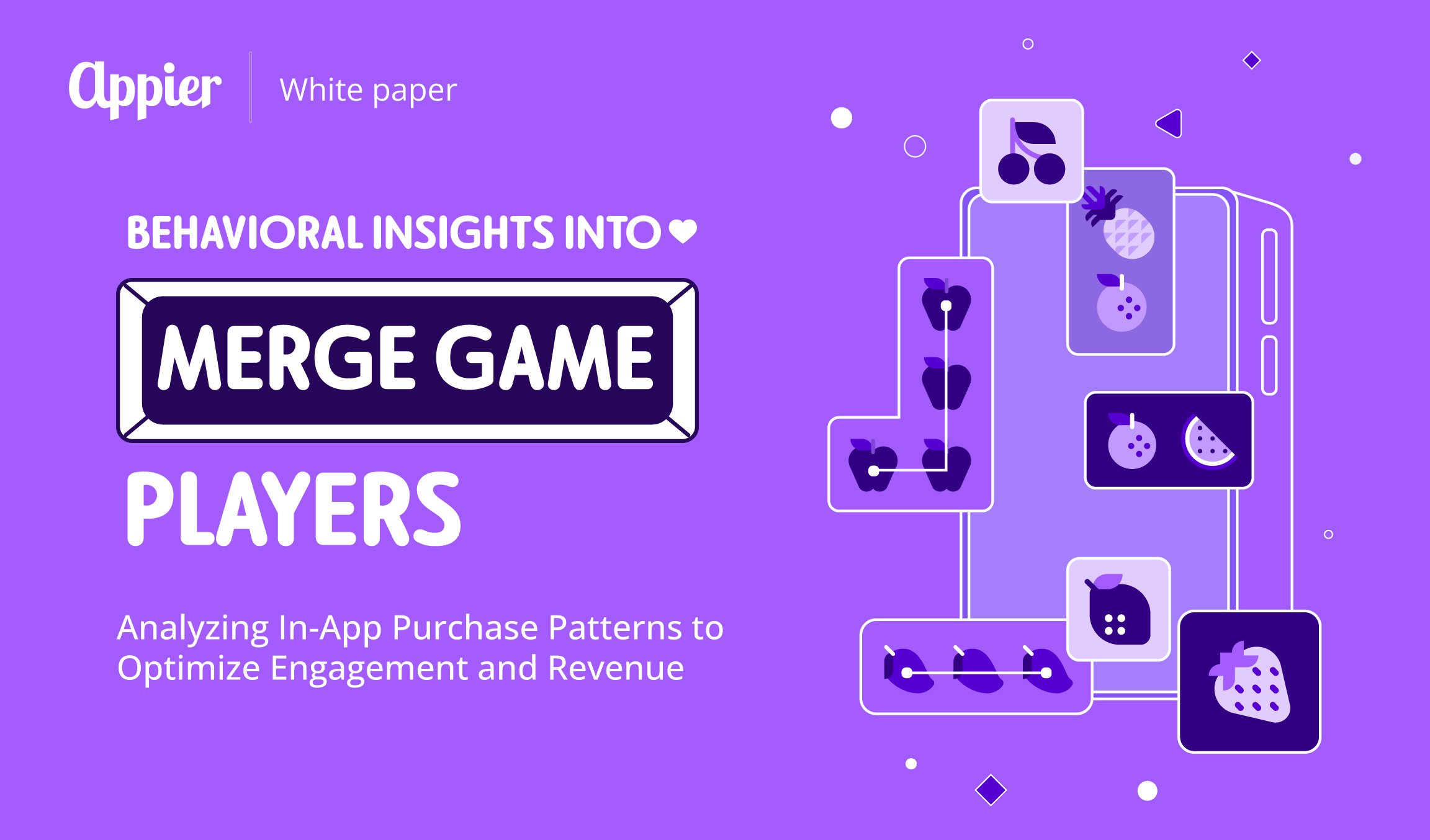4 min read
However, this question of effectiveness isn’t just about quantity. It’s also about quality aka finding and targeting the ideal audience – something artificial intelligence (AI) can help you do better.
Why Frequency Capping Isn’t Enough
While frequency capping has certainly helped with controlling ad exposure by enabling limit setting on an individual’s contact with a campaign, the question of how many times is best continues to cause stress.
Too few times and prospects may not notice it, or notice it enough; too many and there’s a chance it might move from being memorable to annoying, resulting in a poor response and, worse still, a damaged brand reputation.
Plenty of research has been done over the years in an attempt to find an answer. While brands like Procter & Gamble have capped their digital ad exposure at three times a month, Facebook claims one to two impressions weekly over at least 10 weeks for a campaign would be ideal.
However, searching for the right answer is kind of a needle in a haystack situation as the best number varies depending on things like medium, category, objective and type of ad.
While selecting the optimum number of impressions is important – getting it wrong can blow your cost per lead (CPL), cost per action (CPA) and advertising budget – ad effectiveness isn’t just about exposure. It’s more about reaching and engaging the right audience at the right time on the right channel.
So, before you asking the question “How many times should a prospect see my ad?”, you first need to ask “How can I better find and target the right people?’.
Targeting With Precision
Better prospect targeting is about finding high-value customers. That is, identifying the people and segments that are most likely to buy your products and services, as well as maximizing the chances of your ad getting seen by them.
Traditionally, finding those high-value customers meant being willing to invest in a whole lot of research, data crunching and people power – something not efficient or scalable – making quality targeting harder to achieve.
By leveraging AI, today’s marketers and advertisers are able to identify and locate high-value audiences and create more personalized, effective campaigns. Using a combination of a company’s own and third-party data, AI can create more effective audience segments based on your audience’s massive behaviors, interests, what they search for and purchasing patterns. AI-powered prediction will then combine the best segments based on massive rules, and rank the segment combinations according to their value (to target high-value audiences). Such insight can then be used for more precise targeting.
AI solutions, such as CrossX, can also do this ‘cross screen’, which means it monitors and understands a customer’s typical purchase journey across different devices. For example, Jenny might begin browsing on her mobile, do price comparisons on her tablet and then go back to purchase from her laptop.
With this knowledge, it’s easier to target people at the right time on the right channel and to adapt campaign messages to suit the different touchpoints. This can help pull prospects more effectively from interest and desire to action and conversion.
Predicting Optimal Capping Using AI
While there is no one-size-fits-all answer to the question “how many times your prospects should see your ad”, AI solutions like CrossX can help better measure the accurate number of impressions. By mapping the devices owned by the same user, AI can provide a single customer view and define precise frequency of exposure.
AI can also determine the best bidding price as soon as the number of impressions changes, and help you predict optimal capping with the highest CTR by using a machine learning approach.
In today’s customer centric market, being able to offer highly-personalized, precision targeted campaigns is a huge differentiator. It can reduce your CPA and CPL, boost your ROI and put you one step ahead.
By helping you understand exactly what your leads are interested in as well as what, when, and where they are most likely to buy, AI doesn’t dismiss the question of how many times your ads should be seen, but rather it makes it possible to focus on quality as well as quantity in order to achieve higher ad effectiveness.



